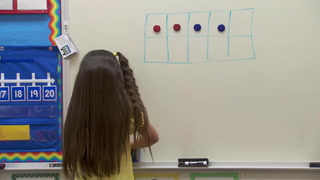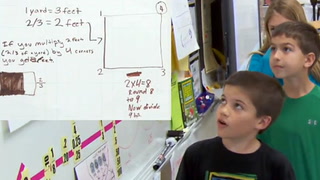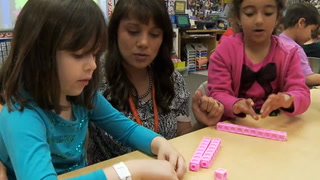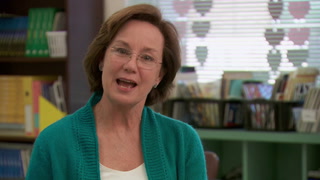Series AFT CCSS Math: Conjecturing About Functions
Math.Practice.MP2
| Common core State Standards
- Math: Math
- Practice: Mathematical Practice Standards
-
MP2: Reason abstractly and quantitatively.
Mathematically proficient students make sense of quantities and their relationships in problem situations. They bring two complementary abilities to bear on problems involving quantitative relationships: the ability to decontextualize--to abstract a given situation and represent it symbolically and manipulate the representing symbols as if they have a life of their own, without necessarily attending to their referents—and the ability to contextualize, to pause as needed during the manipulation process in order to probe into the referents for the symbols involved. Quantitative reasoning entails habits of creating a coherent representation of the problem at hand; considering the units involved; attending to the meaning of quantities, not just how to compute them; and knowing and flexibly using different properties of operations and objects.
Math.Practice.MP3
| Common core State Standards
- Math: Math
- Practice: Mathematical Practice Standards
-
MP3: Construct viable arguments and critique the reasoning of others.
Mathematically proficient students understand and use stated assumptions, definitions, and previously established results in constructing arguments. They make conjectures and build a logical progression of statements to explore the truth of their conjectures. They are able to analyze situations by breaking them into cases, and can recognize and use counterexamples. They justify their conclusions, communicate them to others, and respond to the arguments of others. They reason inductively about data, making plausible arguments that take into account the context from which the data arose. Mathematically proficient students are also able to compare the effectiveness of two plausible arguments, distinguish correct logic or reasoning from that which is flawed, and--if there is a flaw in an argument--explain what it is. Elementary students can construct arguments using concrete referents such as objects, drawings, diagrams, and actions. Such arguments can make sense and be correct, even though they are not generalized or made formal until later grades. Later, students learn to determine domains to which an argument applies. Students at all grades can listen or read the arguments of others, decide whether they make sense, and ask useful questions to clarify or improve the arguments.
Math.8.F.B.4
Common core State Standards
- Math: Math
- 8: 8th Grade
- F: Functions:
- B: Use functions to model relationships between quantities.
- 4: Construct a function to model a linear relationship between two quantities. Determine the rate of change and initial value of the function from a description of a relationship or from two (x, y) values, including reading these from a table or from a graph. Interpret the rate of change and initial value of a linear function in terms of the situation it models, and in terms of its graph or a table of values.
Save to My Resources
PLEASE CREATE A NEW ACCOUNT OR LOG IN TO ACCESS THIS CONTENT
Enjoy your first video for free. Subscribe for unlimited access.
Have questions about subscribing?
Click Here to learn more about individual subscriptions.
Click Here to learn more about School and Institution access.
Discussion and Supporting Materials
Thought starters
- How do students represent functions in multiple ways?
- How does noticing structure prepare students for making conjectures?
- What can you learn from Ms. McPhillips about using the Common Core with students?
School Details
John F. Deering Middle School2 Webster Knight Drive
West Warwick RI 02893
Population: 1097
Data Provided By:

Teachers
Audra McPhillips
Newest
|
4 MIN
|
5 MIN
|
5 MIN
UNCUT CLASSROOMS
| TCHERS' VOICE
English Language Arts














31 Comments
christine thereault Nov 6, 2016 10:21am
Craig Spooner Sep 10, 2016 4:38pm
Craig Spooner Sep 10, 2016 4:34pm
Christel Bruno Nov 1, 2015 2:14pm
Jo-Anne Montanti Sep 27, 2014 3:43pm